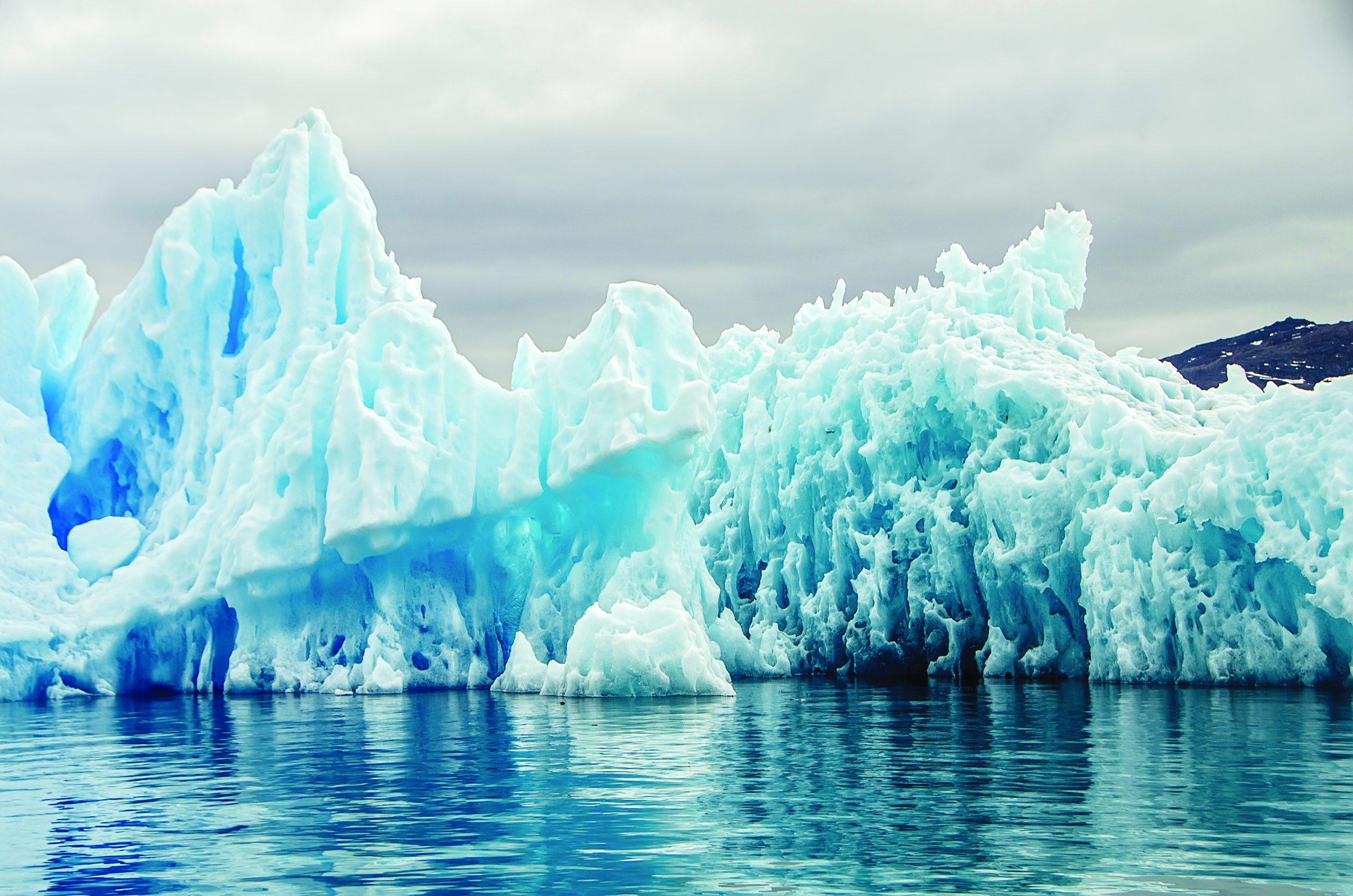Trump’s fixation on Greenland may get the headlines, but the bigger danger is a series of executive orders which will adversely impact the Arctic.
The White House is focusing on expanding resource extraction, reducing environmental protections, and increasing what the Administration defines as “the US strategic presence.”
One of Trump’s EOs reverses Biden-era restrictions on oil and gas exploration in Alaska, including in the Arctic National Wildlife Refuge and the Arctic Ocean. That EO rescinds the Biden administration’s ANWR lease cancellations, reopens ecologically-sensitive areas previously protected under the Integrated Activity Plan for the National Petroleum Reserve-Alaska (Western Arctic), and directs US federal agencies to expedite permits and leasing for energy and natural resource projects in Alaska.
This will lead to expanded drilling and infrastructure development in ecologically-sensitive Arctic areas, and damage to fragile wildlife habitats critical for polar bears, caribou, and migratory birds. Humans will also feel the effects: The Gwich’in people face threats to their traditional ways of life, as do other Indigenous peoples who depend on Arctic ecosystems for subsistence hunting and cultural practices.
Deep-sea mining is likely to cause irreversible damage to unique Arctic seafloor habitats
In early May, the US Department of the Interior announced plans to add a “High Arctic” planning area to the federal offshore oil and gas leasing program, which could see the US selling oil and gas leases in Arctic Ocean areas more than 200 miles from shore, an area where US territorial rights are unclear. Trump’s team also decided to repeal all of the Biden-era efforts to block Arctic offshore drilling, opening the door for future leasing auctions. Increased offshore drilling will, of course, heighten the risk of oil spills in fragile Arctic marine environments. We know from past experience that these are exceedingly difficult to remediate due to ice cover, remoteness, and extreme conditions. Drilling activities disturb marine mammals, fish populations, and the broader Arctic food web.
In April 2025, Trump signed another executive order to accelerate deep-sea mining, including in US Arctic waters and, potentially, in international waters adjacent to the Arctic. This order instructs federal agencies to expedite the review and approval of seabed mining permits, bypassing ongoing international negotiations on environmental safeguards. A growing chorus of scientists argue that deep-sea mining is likely to cause irreversible damage to unique Arctic seafloor habitats. Past test-mining sites in the region have shown that recovery can take decades or longer, with unknown consequences for ecosystems.
One of the executive orders has been almost overlooked: “Restoring America’s Maritime Dominance,” which includes a mandate to develop a strategy for US leadership and security in Arctic waters, citing the growing presence of foreign nations. A new and forthcoming “Maritime Action Plan” will lay out the Administration’s views on US commercial and military interests in the Arctic.
Competing global interests
There is some continuity in the Pentagon between Biden and Trump. In December 2024, Biden’s Department of Defense published an article on their website: “China Increasing Interest in Strategic Arctic Region.” The publication was prompted by a speech by Iris A. Ferguson, the US Deputy Assistant Secretary of Defense for Arctic and Global Resilience. Arguing that the Arctic strategic environment is changing, and that the US must dedicate more resources to this critical geography, she asked for increased attention to the activities of the People’s Republic of China in the Arctic.
China’s Arctic presence has evolved significantly in recent years. After a period of cautious engagement marked by failed infrastructure projects and a single icebreaker visit to Nuuk, Greenland, China took bold action in July and August 2024, conducting operations with three icebreakers in the region. This increased activity, coupled with plans for a new heavy icebreaker, suggests China’s intention to establish a permanent Arctic presence. The shift was so notable that in October 2024, the Russian state news agency RIA Novosti declared that “the Arctic is becoming Chinese.”
Europe is not sitting idly by while superpowers make their moves
China’s Arctic strategy stems from Xi Jinping’s 2014 declaration of China’s goal to become a “major polar power,” following its observer status in the Arctic Council in 2013. The region also holds strategic importance for China, both in terms of resources and geopolitics. China views the Arctic Ocean as the third Silk Road corridor, complementing its land route through Central Asia and the maritime Indo-Pacific route to Europe. This approach underscores China’s diverse interests in the region, including scientific research, resource exploitation, and potential shipping routes.
Meanwhile, Europe is not sitting idly by while superpowers make their moves. In 2024, Norway issued eight new oil licenses in the Barents Sea, quadrupling the number of licenses granted in 2023. The massive Johan Castberg oil field in Norwegian Arctic waters started pumping in March. Equinor, the state-owned oil company, has also expressed renewed interest in developing the Wisting oil field, which would become the world’s northernmost oil field if approved.
Norway’s updated definition of the marginal ice edge zone in 2020 faced heavy criticism for aligning with oil interests rather than the physical location identified by the government’s own scientists. This controversial definition was upheld in the 2024 revision, keeping bigger areas accessible for the oil industry.
Instead of using Russia’s invasion of Ukraine as a justification for continuing Arctic oil pursuits, Norway should recognize Arctic oil drilling as a geopolitical threat and impose a ban on all new oil and gas exploration in the Arctic.
Gordon Feller is a journalist, consultant, speaker, and Smithsonian Institution Global Fellow based in California.


